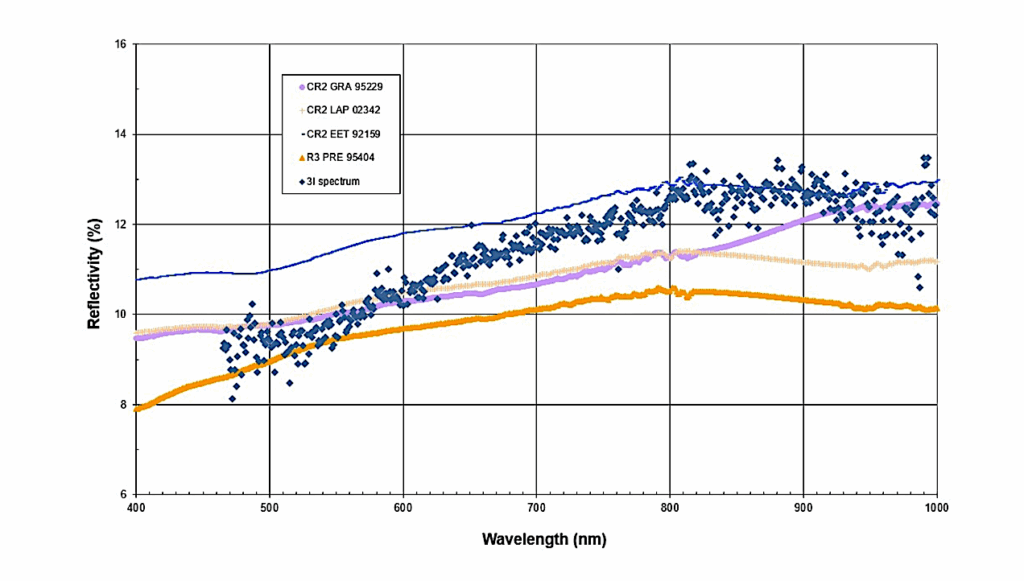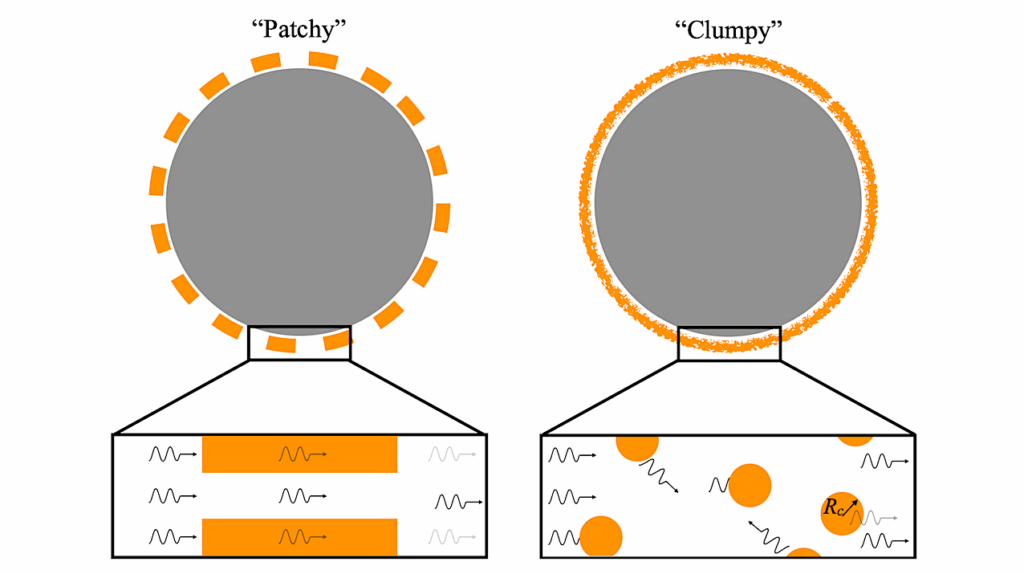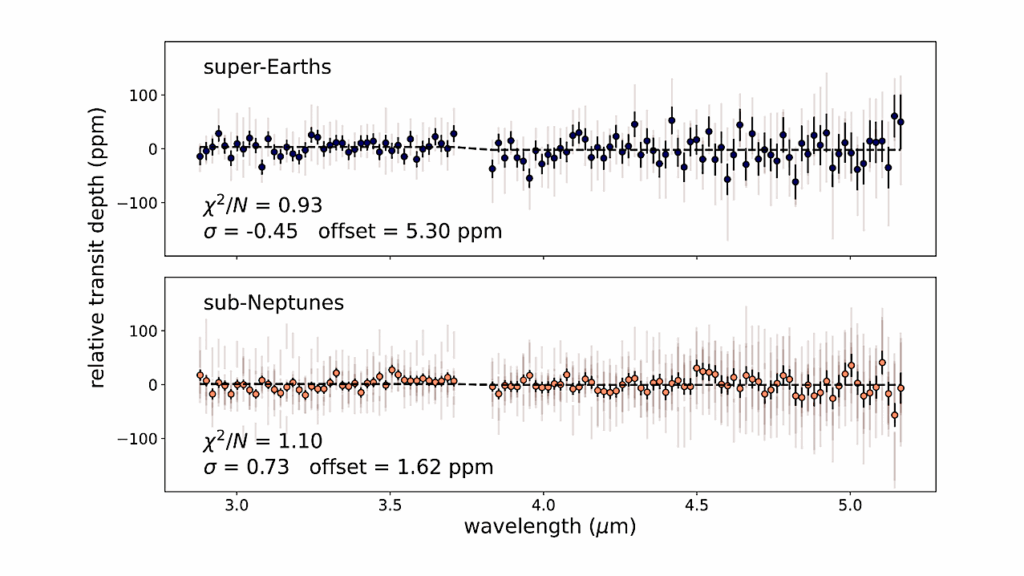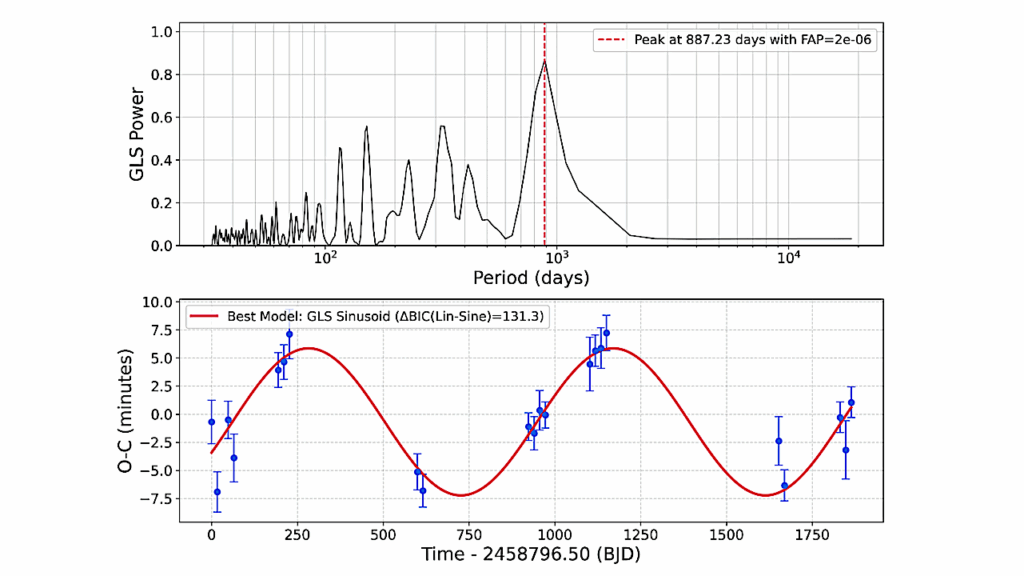Traveling Planetary-scale Waves Cause Cloud Variability On Tidally Locked Aquaplanets
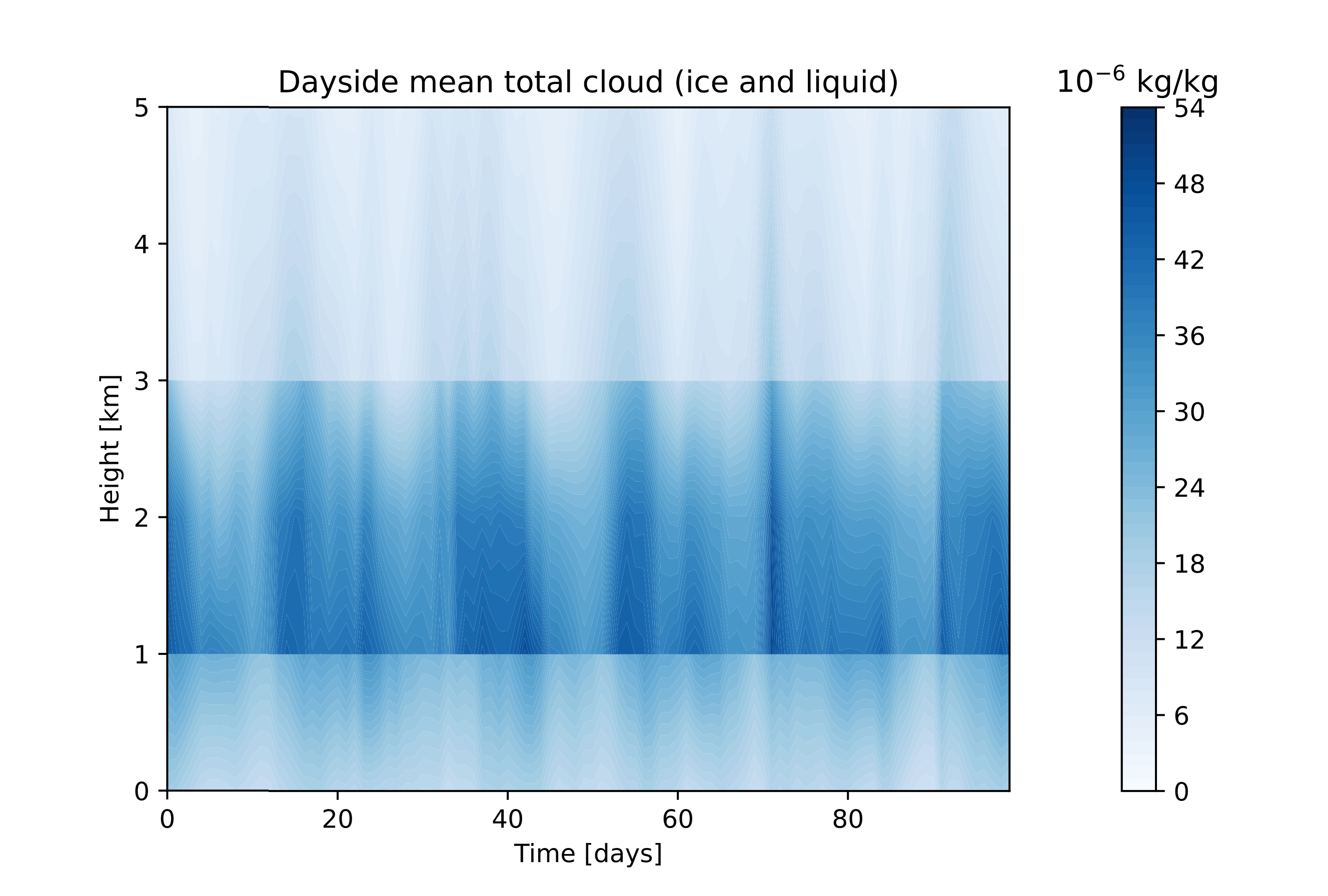
Cloud cover at the planetary limb of water-rich Earth-like planets is likely to weaken chemical signatures in transmission spectra, impeding attempts to characterize these atmospheres.
However, based on observations of Earth and solar system worlds, exoplanets with atmospheres should have both short-term weather and long-term climate variability, implying that cloud cover may be less during some observing periods.
We identify and describe a mechanism driving periodic clear sky events at the terminators in simulations of tidally locked Earth-like planets. A feedback between dayside cloud radiative effects, incoming stellar radiation and heating, and the dynamical state of the atmosphere, especially the zonal wavenumber-1 Rossby wave identified in past work on tidally locked planets, leads to oscillations in Rossby wave phase speeds and in the position of Rossby gyres and results in advection of clouds to or away from the planet’s eastern terminator.
We study this oscillation in simulations of Proxima Centauri b, TRAPPIST 1-e, and rapidly rotating versions of these worlds located at the extreme inner edge of their stars’ habitable zones. We simulate time series of the transit depths of the 1.4 {\mu}m water feature and 2.7 {\mu}m carbon dioxide feature. The impact of atmospheric variability on the transmission spectra is sensitive to the structure of the dayside cloud cover and the location of the Rossby gyres, but none of our simulations have variability significant enough to be detectable with current methods.
Maureen Cohen, Massimo A. Bollasina, Denis E. Sergeev, Paul I. Palmer, Nathan J. Mayne
Comments: 21 pages, 11 figures
Subjects: Earth and Planetary Astrophysics (astro-ph.EP)
Cite as: arXiv:2211.11887 [astro-ph.EP] (or arXiv:2211.11887v1 [astro-ph.EP] for this version)
https://doi.org/10.48550/arXiv.2211.11887
Focus to learn more
Submission history
From: Maureen Cohen
[v1] Mon, 21 Nov 2022 22:31:55 UTC (3,846 KB)
https://arxiv.org/abs/2211.11887
Astrobiology,


